Watching climbers do a one arm pull-up is always impressive! But does this climbing skill actually make you a better climber, or is it just a pure demonstration of strength?
Let’s find out!
In this article, we’ll break down what one-arm pullups are, how to train for them, and whether they’ll make you a stronger, more capable climber.
Let’s talk about one arm pullups
Unlike regular pullups with both arms, the one-arm pullup lets the single arm do all the work. And I guess you can imagine by now that pulling your entire body by using only one arm requires exceptional strength. But strength is not all – you also need body coordination.
When to start training for one arm pullups
Trying one arm pullups too early in your climbing journey can leave you not only frustrated, but it can also develop poor movement patterns that can lead to injuries in the long term.
Although reaching the point of one arm pullups is as tempting as sugar, keep in mind you’re going to need solid shoulders and fingers. So, what does this mean and how do you know when it’s time?
You’re probably ready to start training for one-arm pull-ups if you can:
- Do at least 15-20 clean bodyweight pull-ups without a rubber band.
- Do one-arm lock-offs (with assistance) at 90° for 5+ seconds.
- Controlled negatives on one arm (even partial).
- Scapular strength: You can do scapular pull-ups and scapular shoulder blade shrugs.
- You’re already climbing at least V6 – V7 (6C+/7A) in bouldering and up and at least 7a+ (5.12a) and up for sports climbing.
The risks of one-arm training (and how to avoid them)
Training for one-arm pull-ups is an advanced challenge that puts a lot of stress on your body. If you’re not careful or ready, it can lead to injuries that might set back your climbing progress. Here are the main risks and how to stay safe:
Tendon and ligament strain
Climbing training puts a lot of stress on the elbows, shoulders, and fingers, making tendons and ligaments vulnerable. If you feel any sharp twinge or zing in your elbows, stop immediately. Always include proper warm-ups and mobility work for your joints.
Overuse injuries
Focusing too much on one type of training can cause muscle imbalances, increasing injury risk in climbing and daily activities.
To avoid injury, vary by combining unilateral training with symmetrical exercises. Incorporate antagonist muscle work (e.g., push exercises, rotator cuff strengthening). Rest adequately between sessions.
Poor movement patterns and fatigue
Tired muscles and bad technique during one-arm pull-up attempts can cause compensations that strain your joints. Work around it by paying attention to your body signals.
Does your form break down? Stop even if you don’t feel fully fatigued. Prioritize quality over quantity.
Who should avoid one-arm pullup training (for now)?
Not there yet? If you can’t yet do 12+ clean pull-ups, or if you’re still climbing below V5 or 6c, this isn’t the time. Focus instead on building general pulling strength, body tension, and technique. Trying too soon could lead to tendonitis, shoulder impingement, or burnout.

Benefits from training to do one arm pullup in climbing
Just as reading is essential to learning, skill training is always valuable to climbing. The one-arm pull-up is no exception. Let’s dive into the specific benefits that make one-arm pull-up training worth the effort for dedicated climbers.
Increased maximal pulling strength
Concentrating force in one arm improves your ability to generate power on small holds, especially on steep, overhanging routes. Even if you don’t perform full one-arm pull-ups outdoors, the strength carries over to big lock-offs and dynamic moves.
Improved lock-off strength and stability
Lock-offs are essential for holding positions on crimps or gastons. One-arm pull-up training enhances your static strength and shoulder stability for these critical positions.
Enhanced muscle coordination and core stability
One-arm pull-ups demand strong core engagement, improving overall body tension. This is vital for climbing and/or reaching holds that feel far away without losing control.
Muscle development is transferable to other climbing strengths and injury prevention
- The risk of overuse injuries is common in climbers due to muscle imbalances that come from repetitive moves. However, getting your body to the right level for training for the OAPs can reduce these muscle imbalances and help to prevent common overuse injuries.
- Building one-arm strength benefits archer pullups, towel pull-ups, front lever progressions, and campus board training, improving explosive power and lock-off endurance.
- Unilateral training corrects imbalances, stabilises your core, improves muscular stimulation, and develops motor skills.
Watch 10 Science-Based Ways to Get Stronger in Half the Time (Training for Climbing)

Greater confidence in one-arm hangs and mono pockets
Many challenging boulder problems and sport routes require active hanging and pulling with one hand, like on mono pockets or slopers. Training one-arm pullups prepares you physically and mentally for these high-commitment moves and allows for better execution of high-commitment moves on steep terrain.
How to train your one arm pullup
Before attempting a full one-arm pull-up, build foundational strength through these progressions:
- Scapular pull-ups and shrugs: Strengthen your shoulder stabilizers
- Assisted one-arm negatives: Lower yourself slowly with one arm while using the other for support
- Partial range one-arm pull-ups: Pull up as far as possible, gradually increasing range
- One-arm lock-offs (assisted): Hold static positions at a 90° elbow angle with help from the other arm
- Archer pull-ups: Shift your weight to one side to overload a single arm while maintaining some support with the other
- Weighted pull-ups: Build overall pulling power
Learn how to do it step by step by watching Alex Megos in action:

Real-World Example: Magnus Midtbø
Magnus Midtbø, a 9b Norwegian rock and ex comp climber, likes to punish himself by doing one arm pull-ups at the end of his training session. He frequently posts videos about his training on his YouTube channel, where he performs one-arm pull-ups and talks about strength work.
While Magnus doesn’t always frame one-arm pullups as essential, he did mention how unilateral pulling strength helps on tough bouldering problems.

So, do one-arm pull-ups make you a better climber?
They can – if you’re already advanced, injury-free, and looking to push your power game.
Should you train one-arm pullups? Not every climber needs to master them, but training can definitely improve your climbing. One-arm pull-ups can be a valuable bonus for those who pursue them.
However, even if you never complete a full rep, you’ll build pulling strength, core tension, body control, and unilateral stability – traits that transfer directly to hard climbing.
At what point in your climbing journey do you think one-arm pull-ups make a difference?
Products related to this article
Lattice Training
Lattice Training
Lattice Training
Lattice Training
Lattice Training

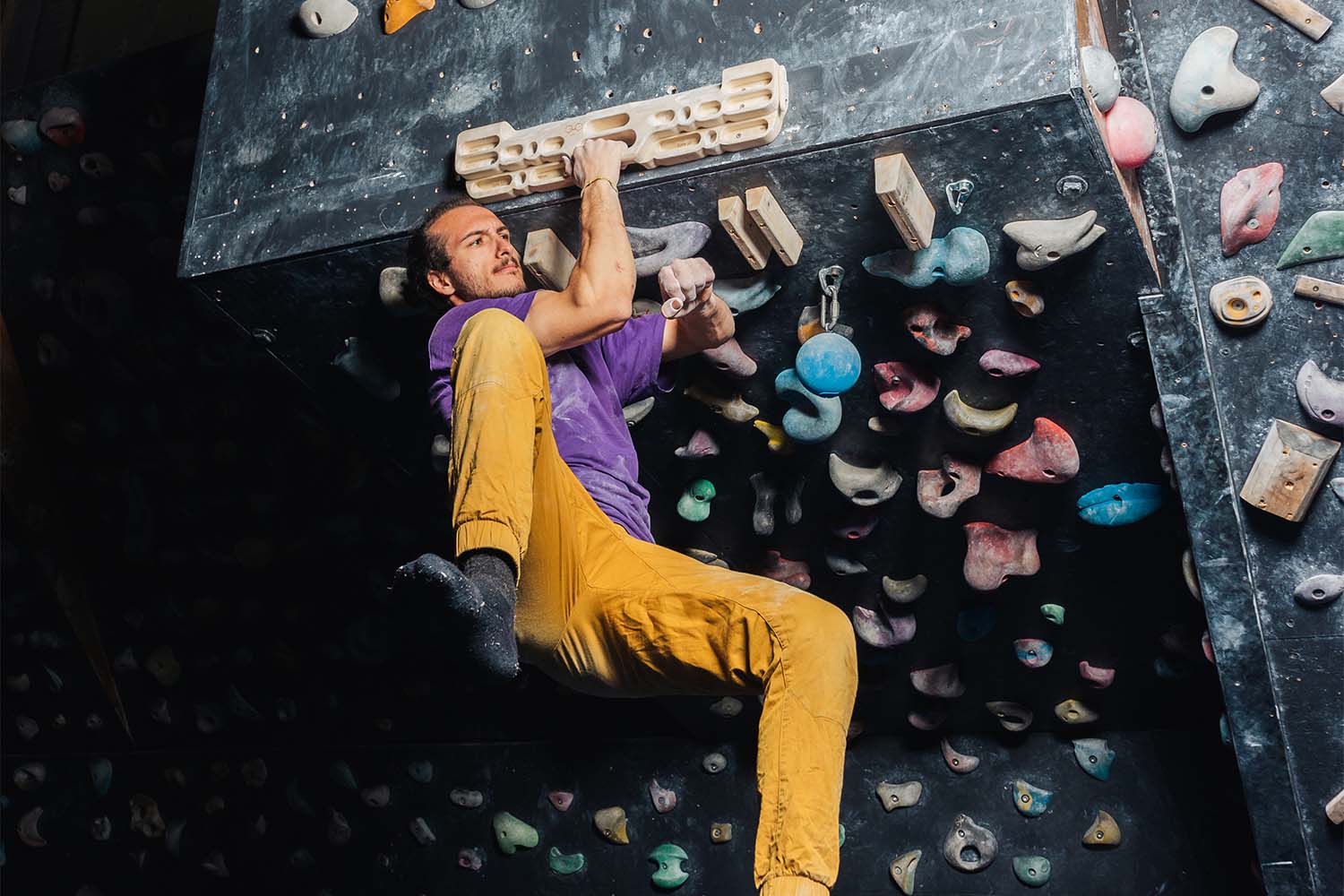




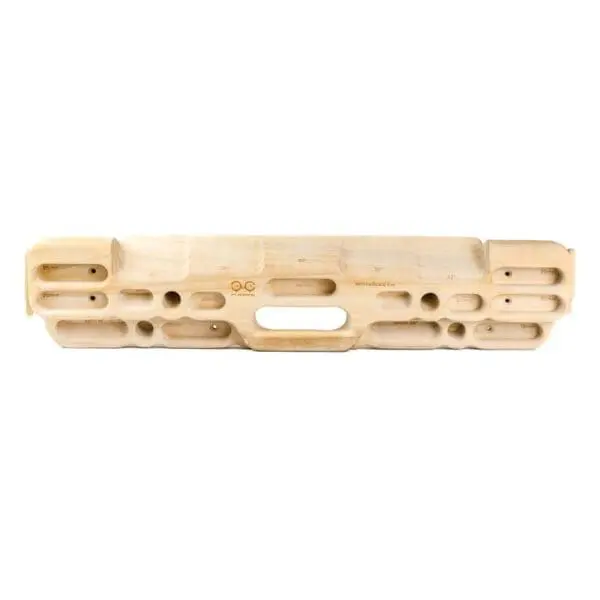
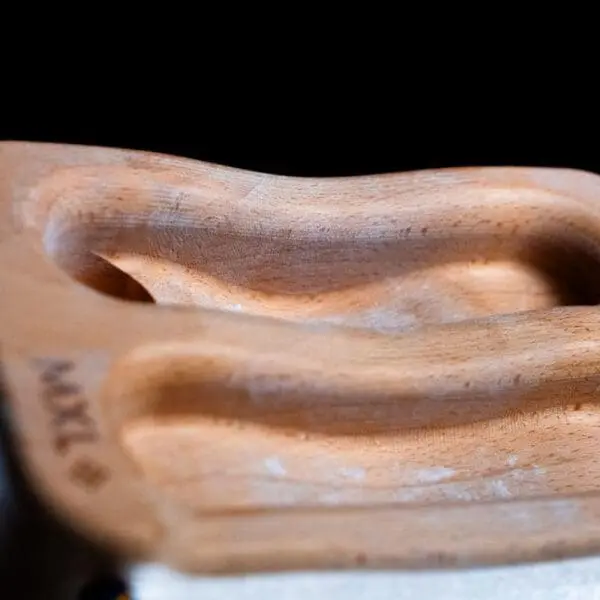
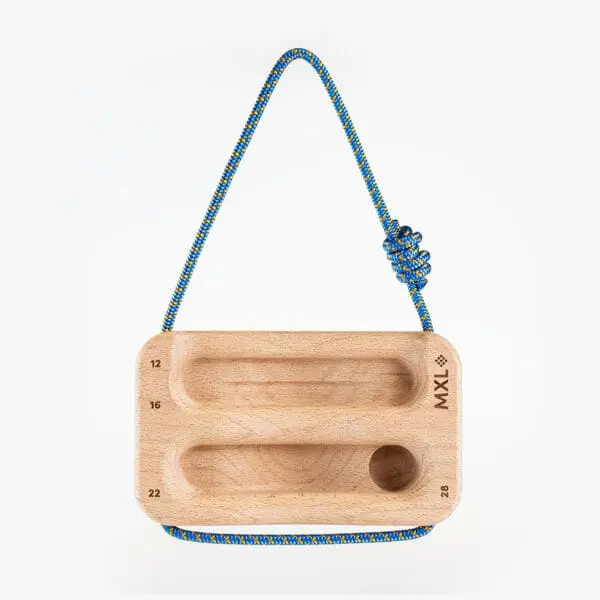


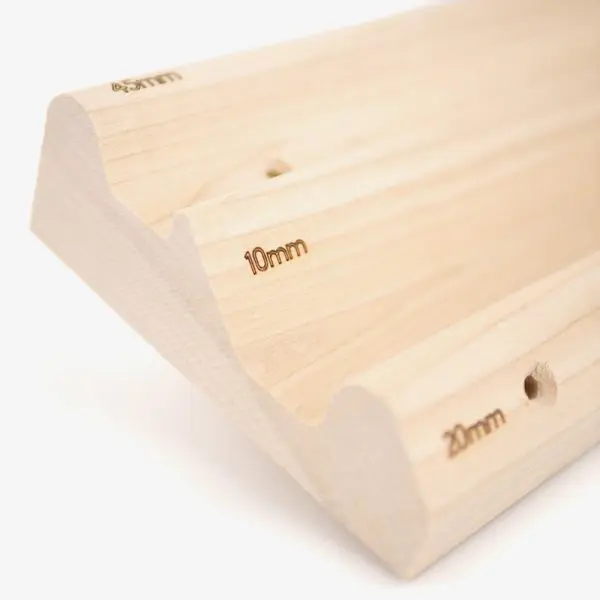
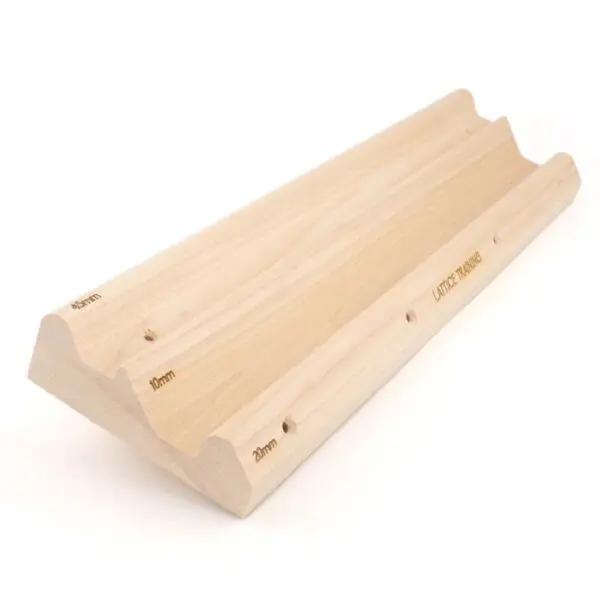
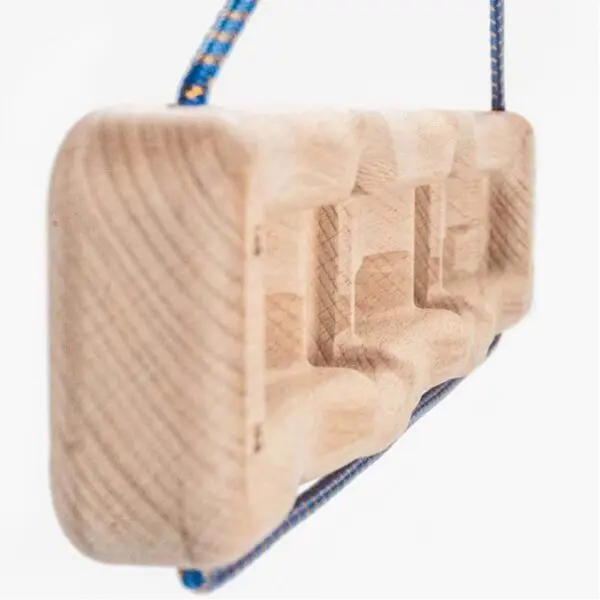
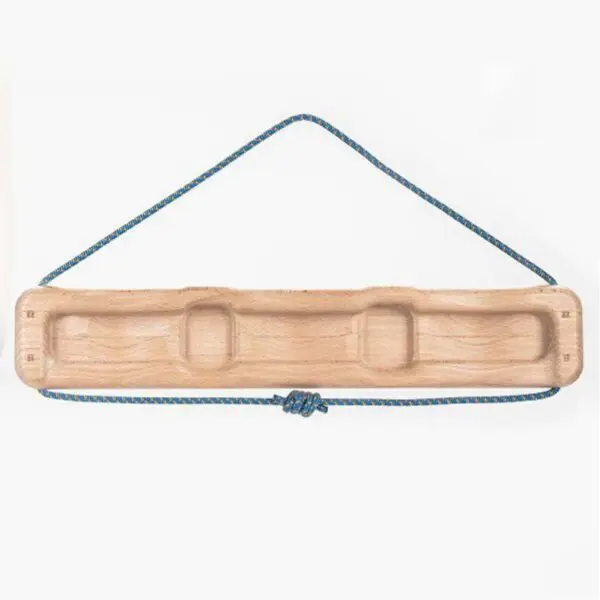
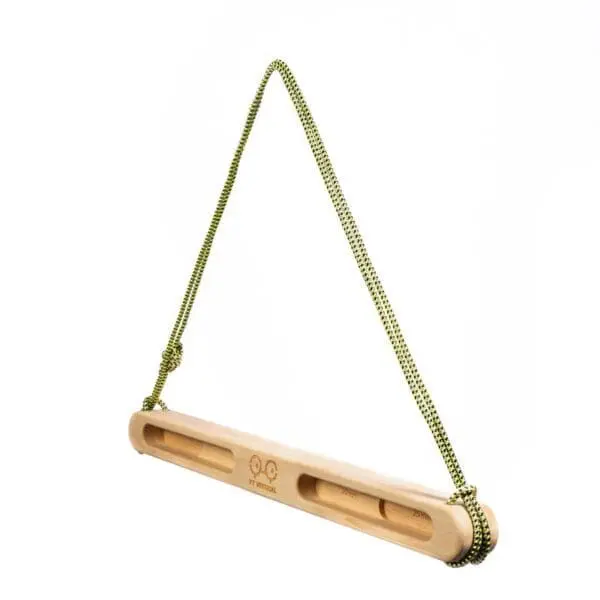

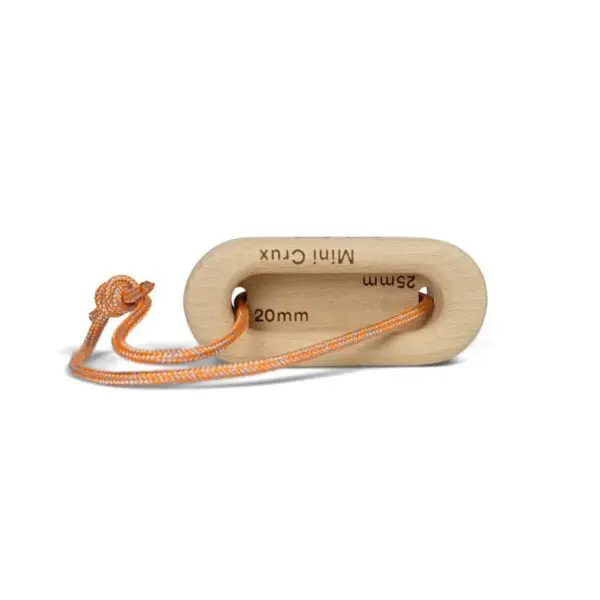
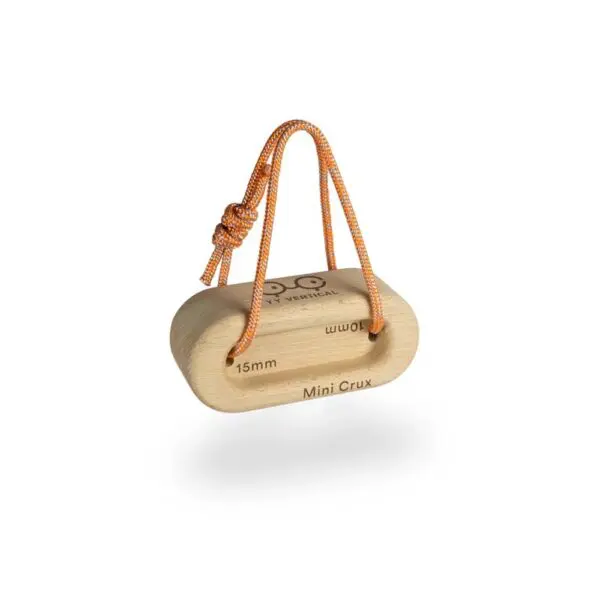
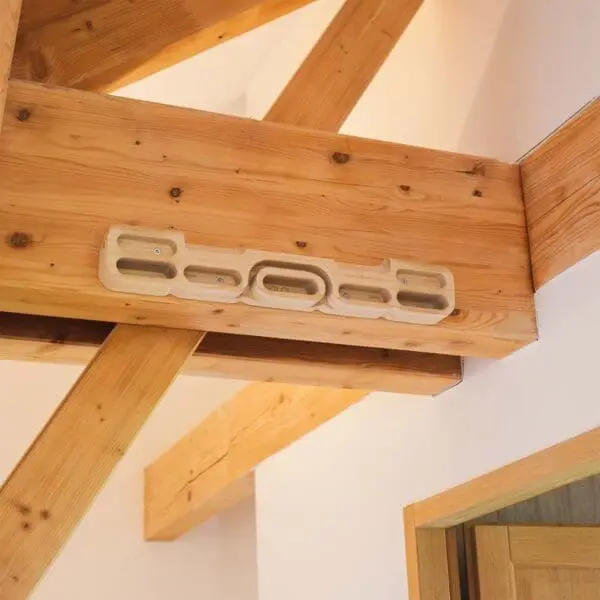

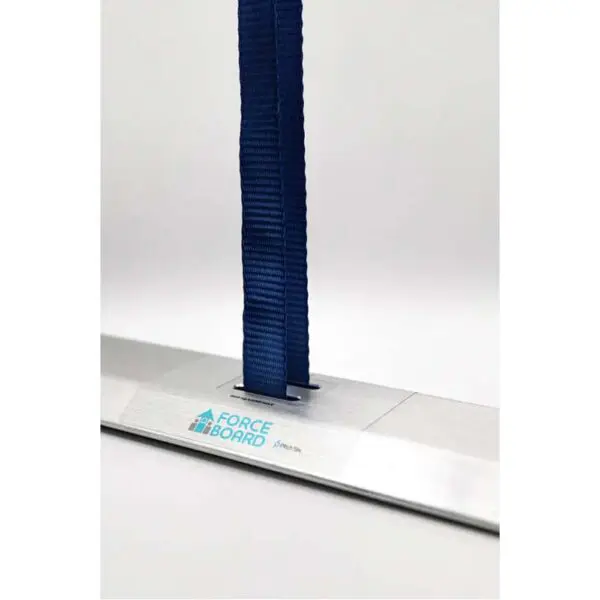

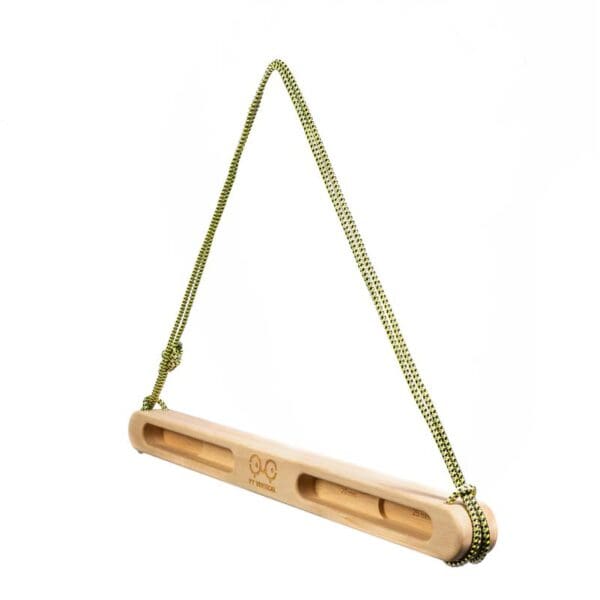
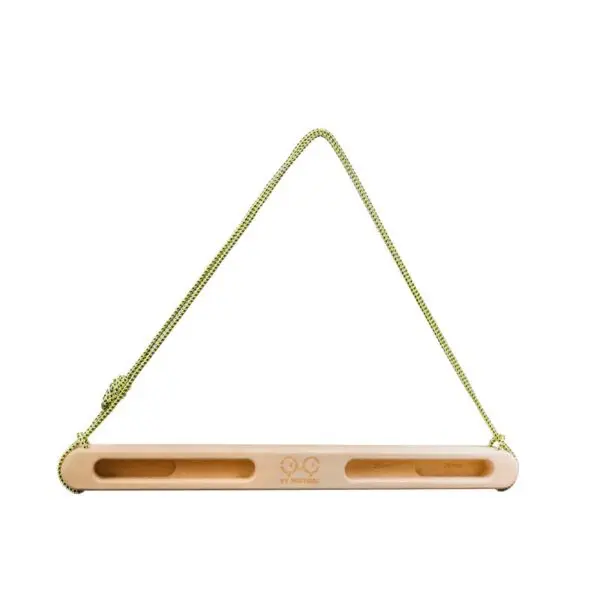
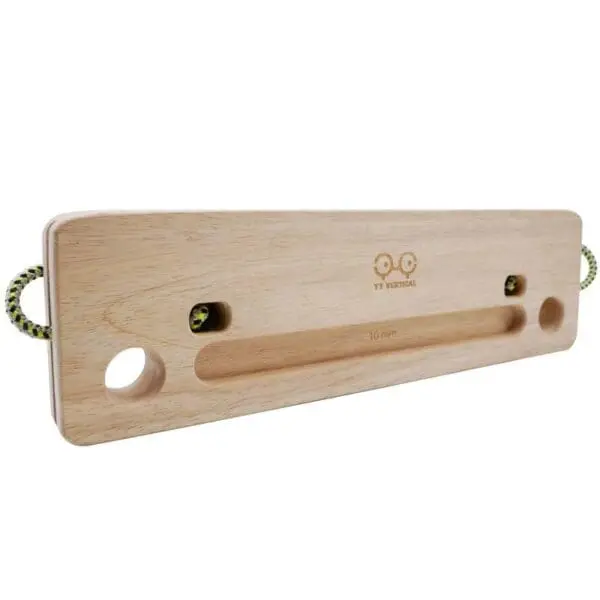

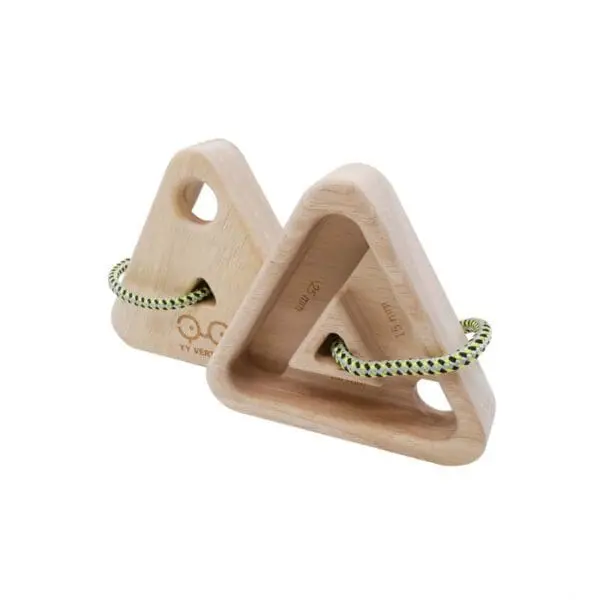

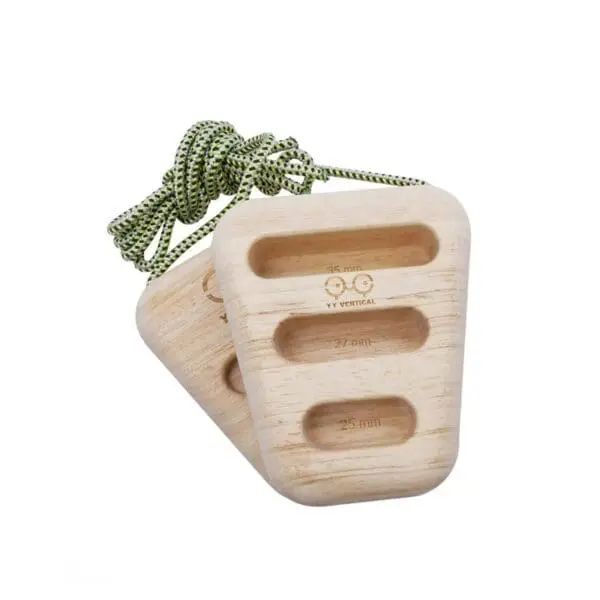

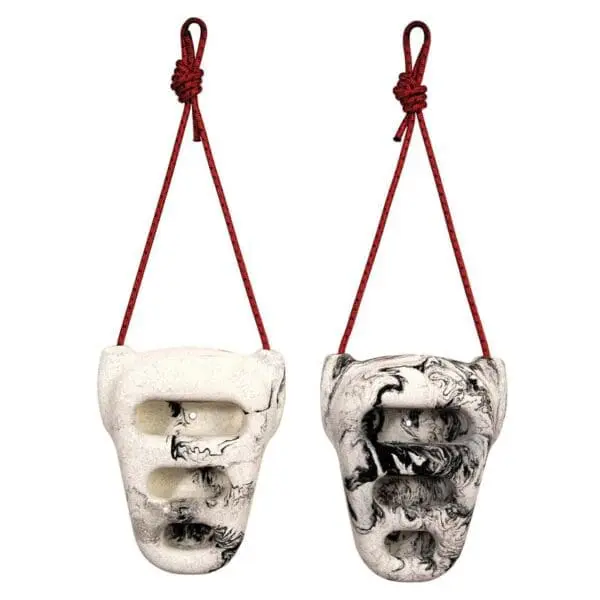
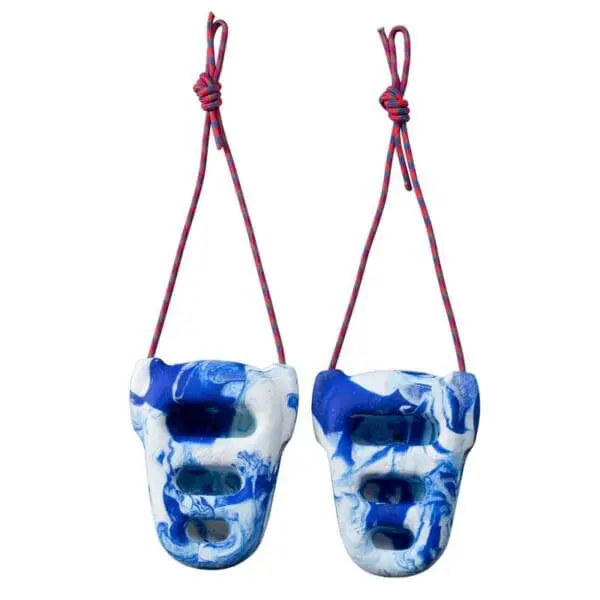


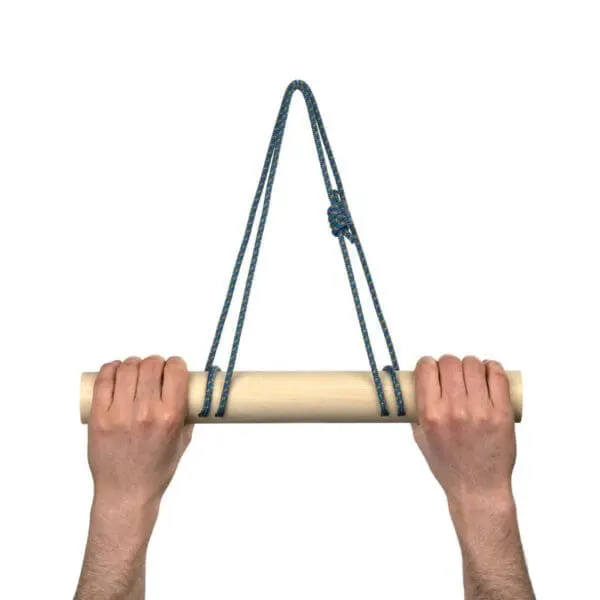

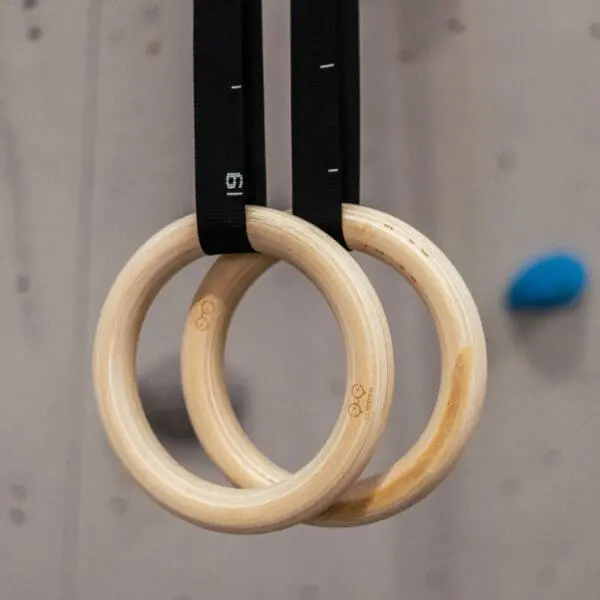
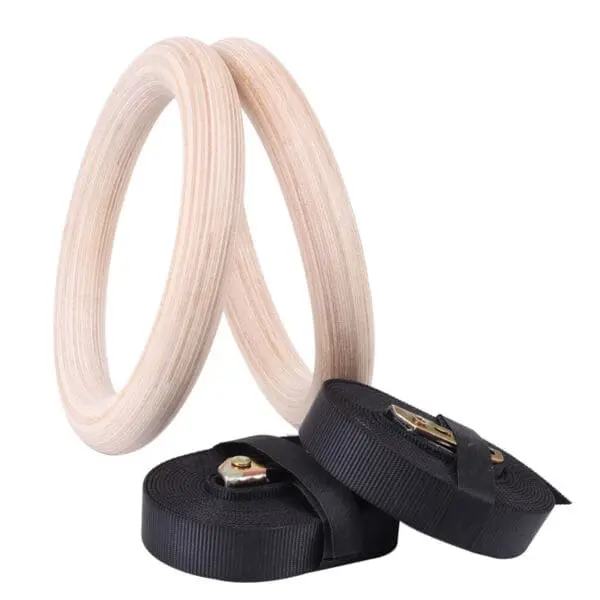
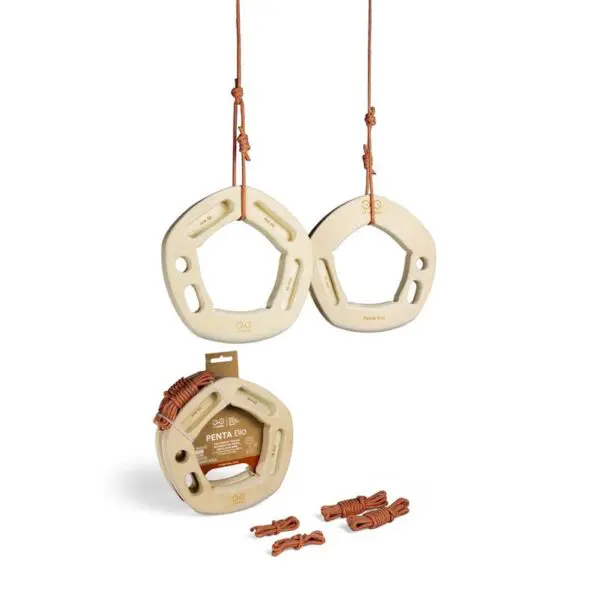
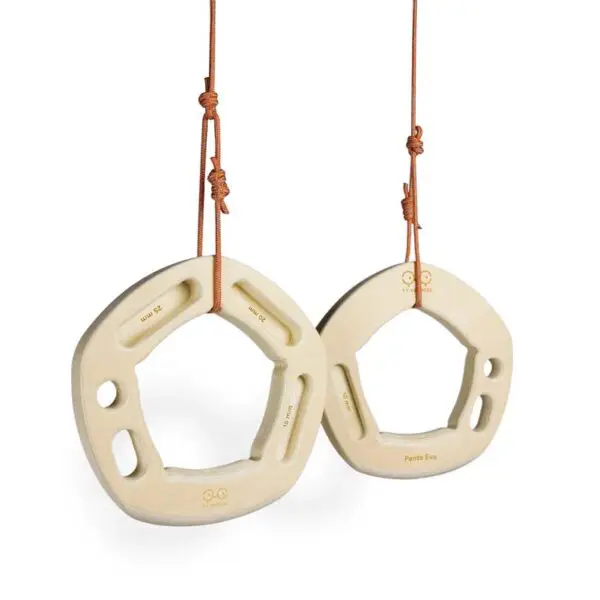

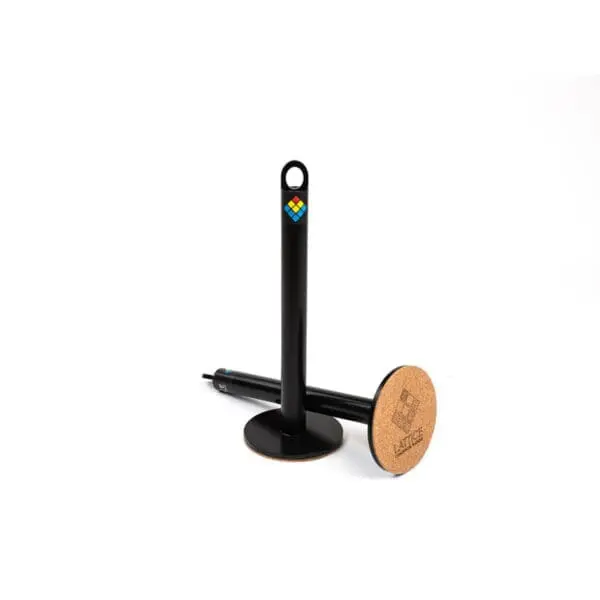
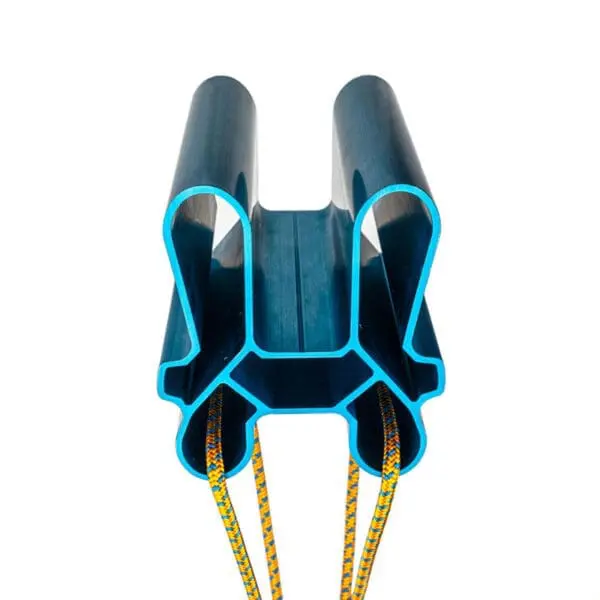

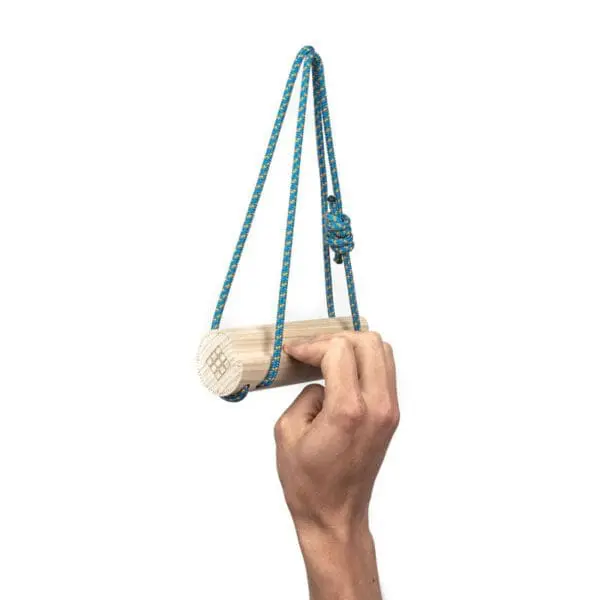





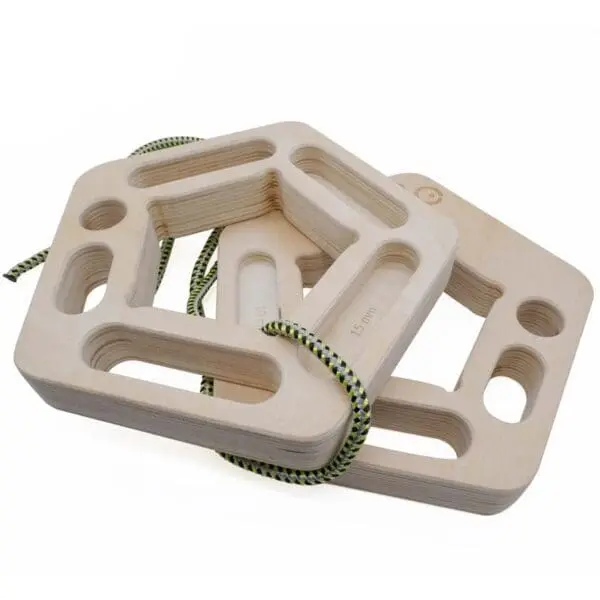
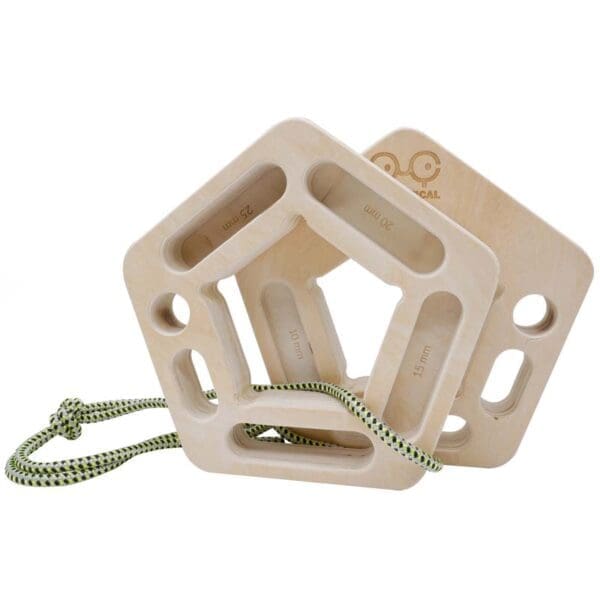


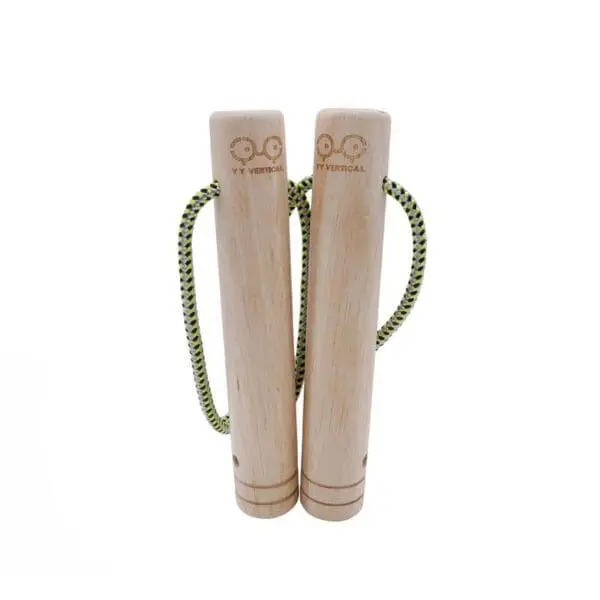

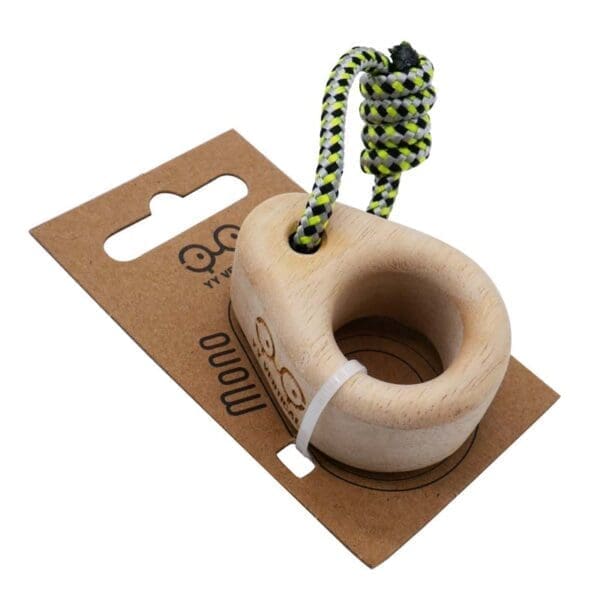

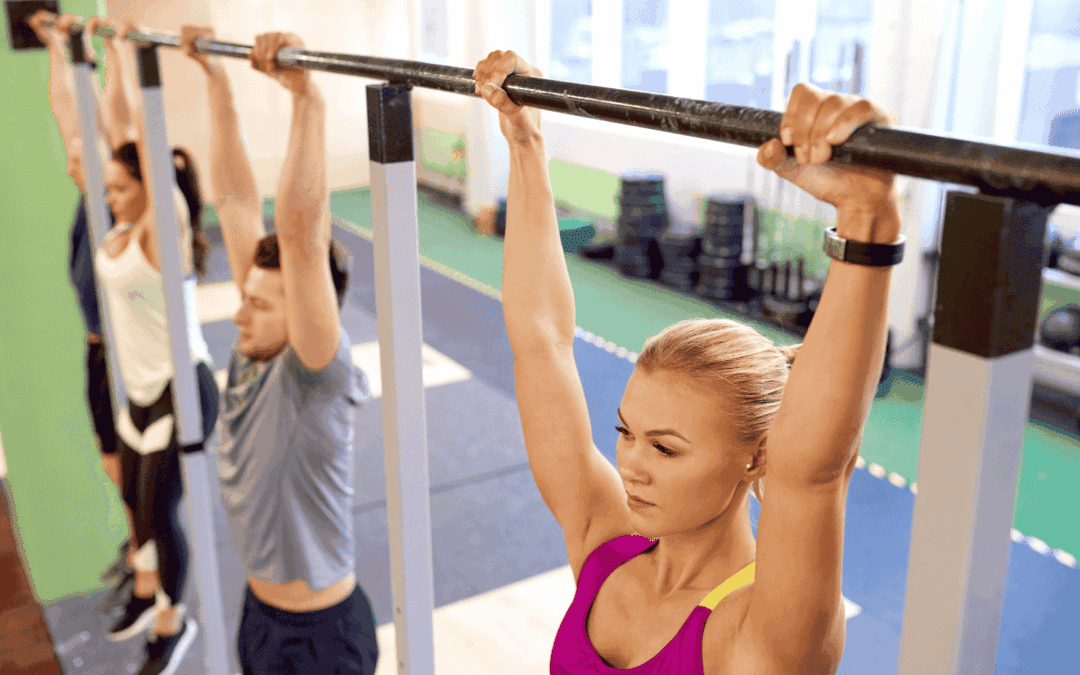
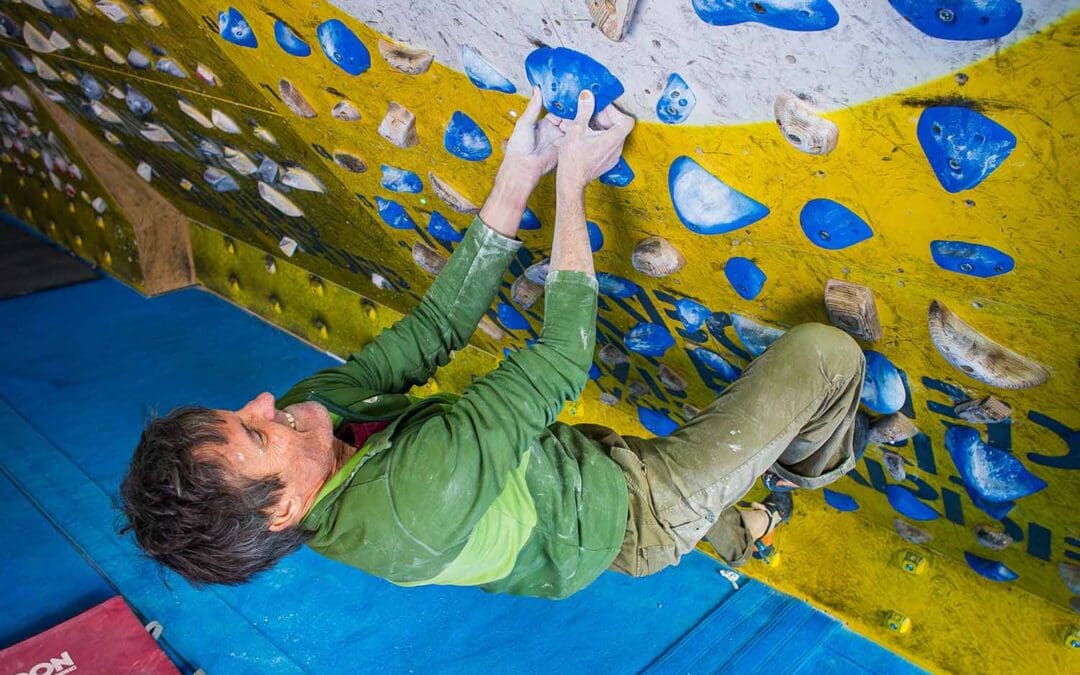
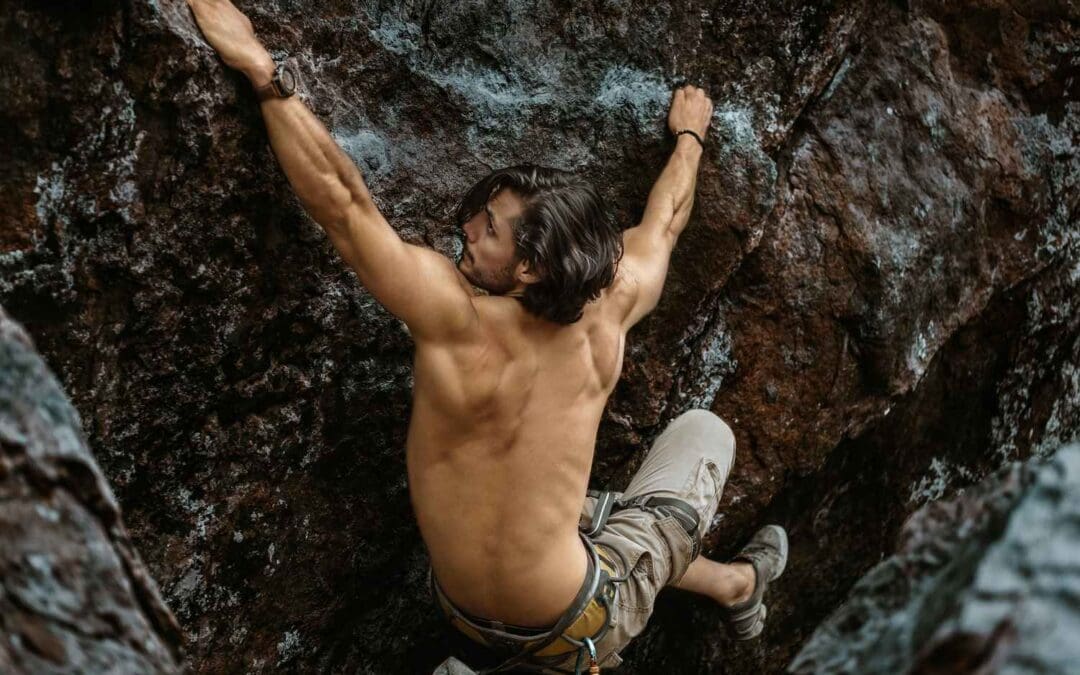
0 Comments